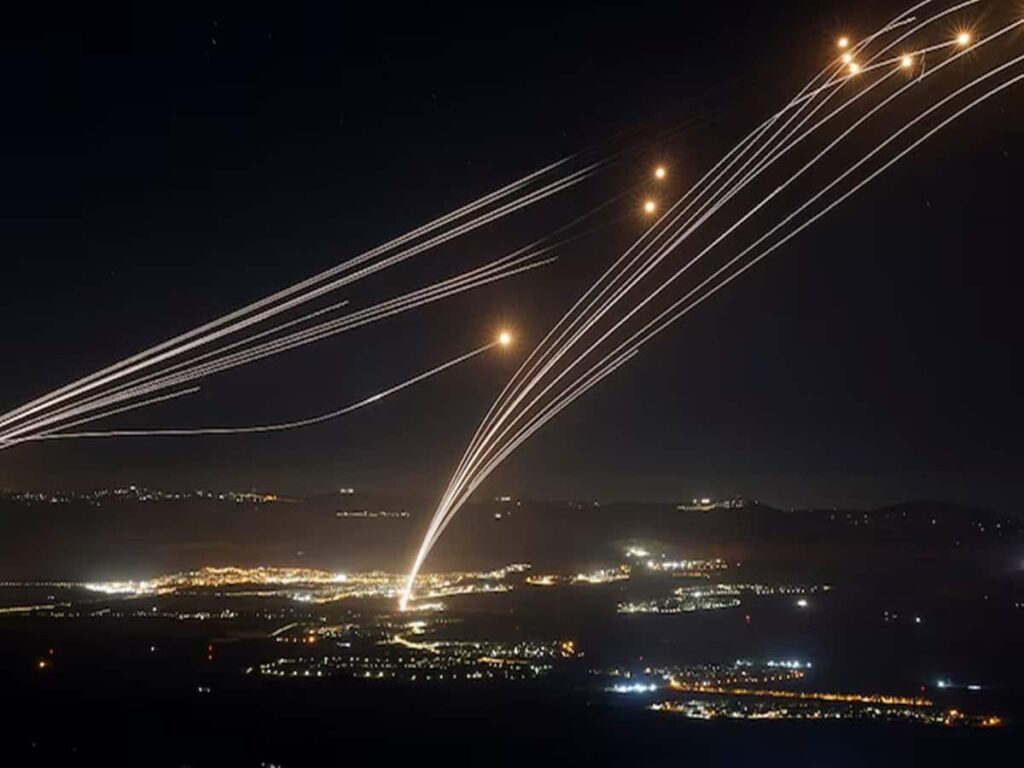The ongoing conflict in the Middle East has escalated dramatically, with increasing tensions between Israel and militant groups such as Hezbollah and Hamas. Since the outbreak of war, skirmishes have taken place almost daily, raising concerns over regional stability and security. In response to these threats, the United States has announced plans to enhance Israel’s defense capabilities by providing a new air defense system. This article explores the current situation, the implications of U.S. military support, and the broader context of the conflict.
Current Escalations in Israel-Gaza Conflict
The conflict in Gaza has intensified since hostilities resumed, with near-daily exchanges of fire reported. The Israeli Defense Forces (IDF) have been actively engaging with both Hamas in Gaza and Hezbollah in Lebanon, leading to a volatile security environment in the region. As clashes continue, civilian populations on both sides face the growing threat of rocket attacks and airstrikes.
Daily Incidents of Violence
| Date | Location | Type of Incident | Casualties |
|---|---|---|---|
| October 1, 2023 | Gaza | Rocket Attack | 3 Injured |
| October 2, 2023 | Lebanon | Cross-Border Shelling | 1 Dead, 2 Injured |
| October 3, 2023 | Israel | Airstrikes | 4 Injured |
U.S. Military Support to Israel
In the wake of the renewed conflict, the U.S. government has stepped in to bolster Israel’s defense capabilities. The announcement of a new air defense system aims to mitigate the risks posed by missile threats from Gaza and Lebanon. The system, designed to intercept and destroy incoming projectiles, reflects a strategic move to ensure Israel’s security amidst persistent attacks.
Strategic Importance of Air Defense Systems
Air defense systems play a crucial role in national security, particularly in conflict zones. They not only protect military and civilian infrastructure but also serve as a deterrent against future aggressions. By enhancing Israel’s air defense capabilities, the U.S. aims to strengthen its ally’s position in a precarious geopolitical landscape.
Regional Implications and Future Outlook
The ongoing conflict has far-reaching implications not only for Israel and its neighbors but also for global stability. The involvement of major powers, such as the U.S., underscores the international complexities surrounding the Israel-Palestine issue. As military engagements continue, many analysts worry about potential spillover effects that could destabilize the entire region.
Prospects for Peace
The cycle of violence raises important questions about the prospects for peace. Efforts to mediate ceasefires and engage in diplomatic talks have struggled to gain traction amid escalating tensions. Stakeholders must navigate a challenging landscape to achieve lasting solutions that address both security concerns and humanitarian needs.
Conclusion
The conflict between Israel and militant groups like Hamas and Hezbollah remains one of the most pressing issues in global security today. With frequent skirmishes and increased military support from the U.S., the situation is fraught with uncertainty. A combination of military and diplomatic efforts will be essential in seeking a resolution, minimizing civilian suffering, and promoting stability in this volatile region.
